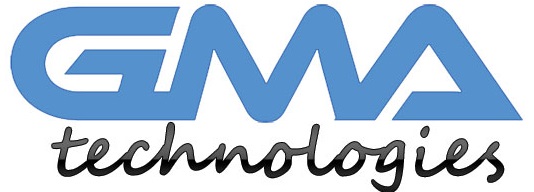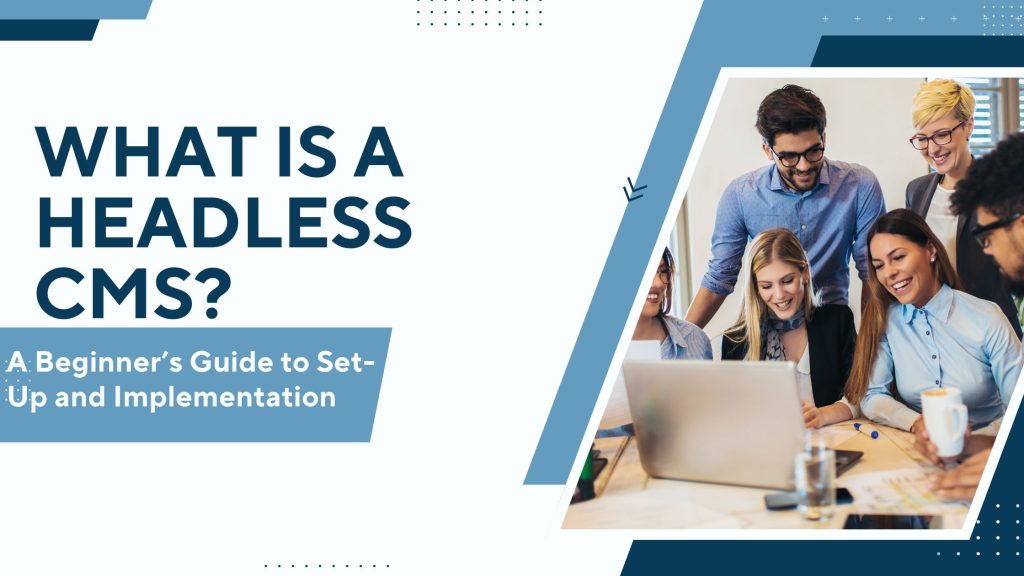A headless Content Management System (CMS) is a modern solution designed to meet the needs of businesses managing extensive content across diverse formats and platforms. Unlike traditional CMSs that tightly couple content management with presentation, a headless CMS decouples these layers, functioning as a backend-only repository accessed via an Application Programming Interface (API). This separation empowers businesses to seamlessly integrate content into web applications, mobile apps, and other digital platforms.
With its ability to support the creation of dynamic and complex content experiences—like interactive tutorials—headless CMS solutions offer unparalleled agility for content creators, enabling swift adaptation to evolving customer needs. For developers, the API-driven approach delivers greater flexibility and control, allowing customized content delivery and streamlined integration across multiple channels. As a result, headless CMS technology provides a robust foundation for delivering exceptional and consistent user experiences in today’s fast-paced, multi-channel environment.
This beginner’s guide will walk you through everything you need to know about setting up and implementing a headless CMS. Get ready to dive deep into this innovative approach that’s reshaping how we think about digital experiences!
Traditional CMS vs Headless CMS
Traditional CMS platforms are designed for a specific purpose: to manage content and deliver it through predefined templates. They combine both the backend and frontend, making them user-friendly but often limiting in flexibility. This can be a drawback as businesses grow or change.
On the other hand, headless CMS decouples content management from presentation. It offers an API-driven approach that allows developers to use any technology stack they prefer. This makes it easier to create custom experiences across multiple channels.
With a traditional setup, updates might require significant effort and technical knowledge. Headless systems streamline integration with modern frameworks like React or Vue.js, enabling faster deployment of new features.
As companies increasingly demand speed and versatility, headless CMS is emerging as a powerful alternative worth exploring for future projects.
Headless CMS Benefits
A headless CMS offers remarkable flexibility for developers. By decoupling the backend from the frontend, it allows teams to choose their preferred technologies without restrictions. This means they can create tailored user experiences across various platforms.
Speed is another significant advantage. With a headless approach, content delivery becomes faster and more efficient. Developers can optimize performance for web and mobile applications separately, enhancing user satisfaction.
Scalability is also crucial in today’s digital landscape. As your business grows, a headless CMS adapts seamlessly to increased traffic or new channels. You won’t face limitations that traditional systems often impose.
Moreover, improved security features are a compelling reason to consider this technology. Since the presentation layer is separate from content storage, there’s less risk of data breaches through vulnerabilities in display components.
Headless CMS systems empower marketers too by providing easier access to content management tools without needing extensive technical knowledge.
Setting up a Headless CMS
Setting up a headless CMS can feel daunting, but it doesn’t have to be. Start by choosing the right platform that fits your needs—popular options include Contentful, Strapi, and Sanity.
Once you’ve chosen your CMS, sign up for an account and follow the setup wizard. This typically involves defining your content types and structures. Think about what data you’ll need—articles, images, or videos?
Next comes API integration. Most headless CMS platforms offer RESTful APIs or GraphQL endpoints. Familiarize yourself with these tools; they’ll allow developers to fetch content seamlessly.
Consider how you’ll deliver this content across multiple channels like websites or mobile apps. Incorporating front-end frameworks such as React or Vue.js is often beneficial at this stage for creating dynamic user experiences. Stay flexible as you iterate on your setup based on feedback from users and stakeholders alike.
Implementation of a Headless CMS in Different Industries
Headless CMS technology has found its place in various industries, adapting to unique needs and workflows. In eCommerce, brands leverage headless systems to create seamless shopping experiences across multiple channels. This allows for personalized content that drives conversions.
The healthcare sector also benefits significantly from a headless approach. Medical institutions can manage patient portals and information dissemination more efficiently, ensuring compliance while enhancing user experience.
Media companies use it to deliver content dynamically across websites, apps, and social media without being tied down by traditional frameworks. It enables them to stay agile in the fast-paced digital landscape.
In education, institutions adopt it to provide tailored learning experiences. They can integrate diverse educational tools while maintaining a unified platform for students and faculty alike. Each industry showcases the versatility of a headless system in meeting distinct challenges and objectives effectively.
Overcoming Common Challenges
Adopting a headless CMS can come with its own set of challenges. One common issue is the steep learning curve associated with new technology. Teams may struggle to adapt if they are used to traditional content management systems. To tackle this, invest in training and workshops for your team. Familiarizing them with the tools early on can ease the transition significantly. Another challenge is managing multiple front-end applications efficiently. This often leads to a fragmented user experience across platforms. Implementing robust APIs will address these inconsistencies by ensuring seamless integration between different channels and devices. Security concerns also arise when data is scattered across various endpoints. Prioritize using secure protocols and regularly update all components of your system to maintain safety standards while navigating potential vulnerabilities.
Final Thoughts and the Future of Headless CMS
The evolution of content management systems has led to the rise of headless CMS technology, which offers flexibility and efficiency that traditional CMS platforms often lack. As more businesses recognize the advantages of a decoupled approach, the adoption rates are set to soar.
Looking ahead, we can expect continued innovation within this space. Organizations will seek out ways to streamline their processes while delivering seamless multi-channel experiences. The integration of artificial intelligence and machine learning into headless CMS solutions could become commonplace, allowing for smarter content delivery based on user behavior and preferences.
As industries increasingly adopt digital-first strategies, headless CMS platforms will play a pivotal role in managing complex content workflows across various touchpoints. With its ability to cater to multiple frameworks and devices effortlessly, this technology is poised for significant growth.
The future seems bright for headless CMS as it adapts alongside changing consumer expectations and technological advancements. Brands willing to embrace this shift may find themselves better equipped to meet their audience’s needs in an ever-evolving digital landscape.

